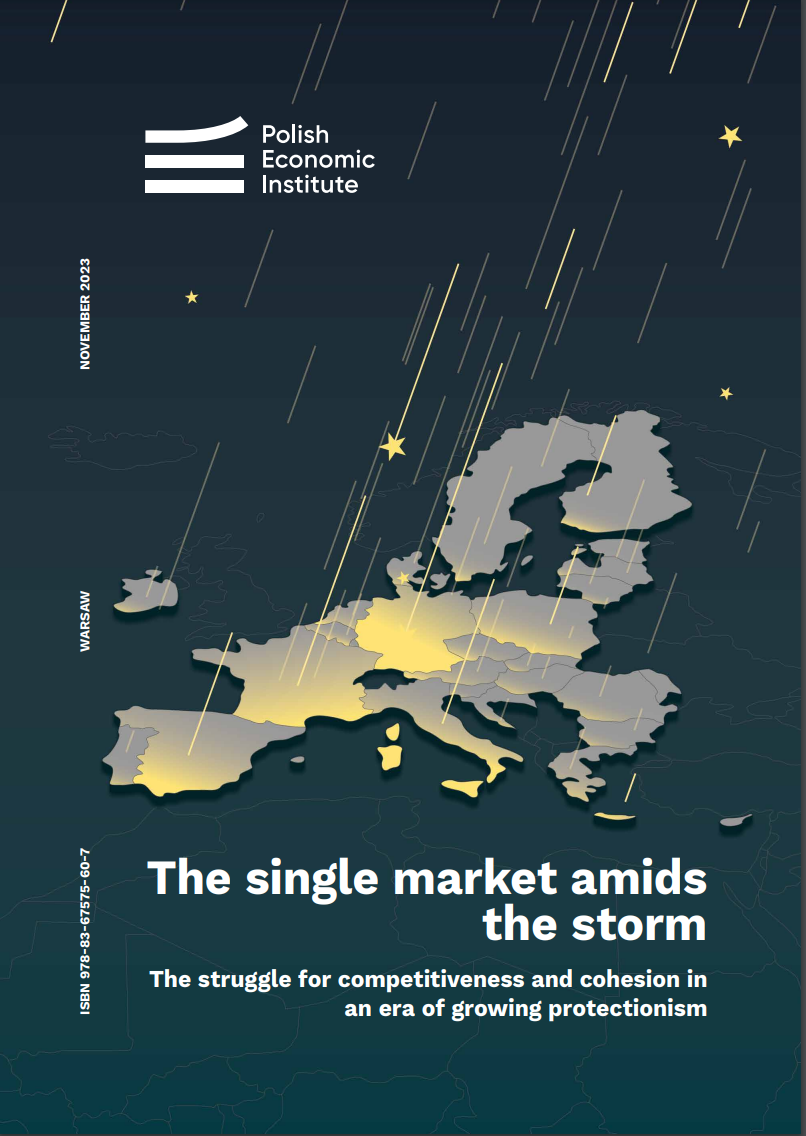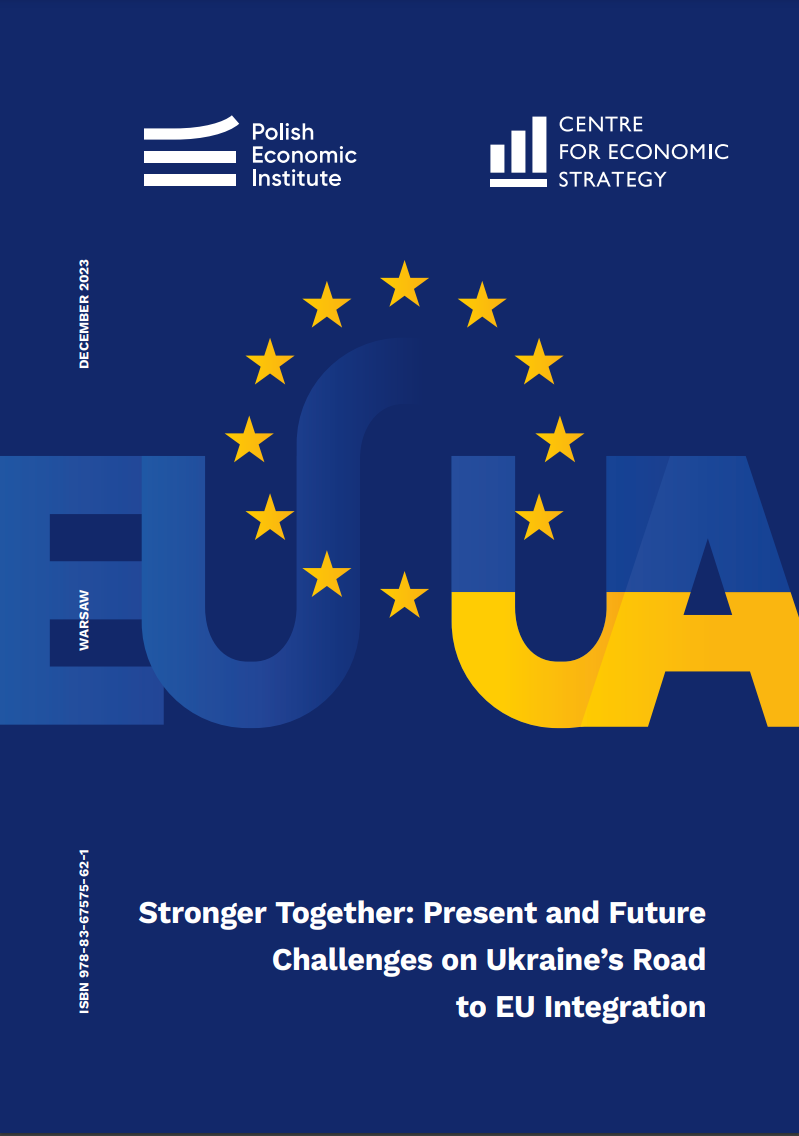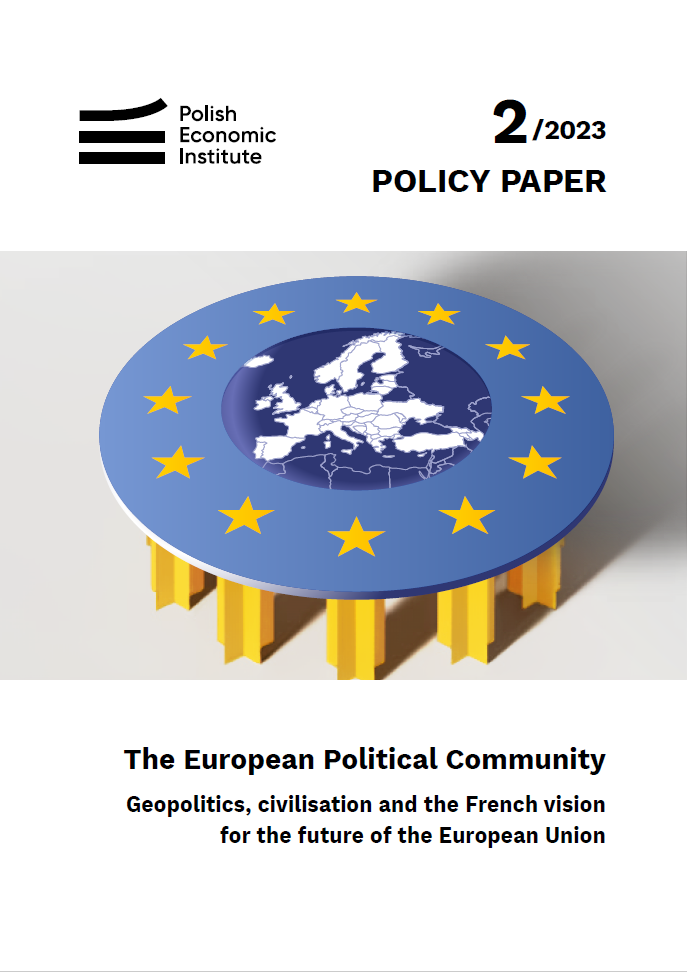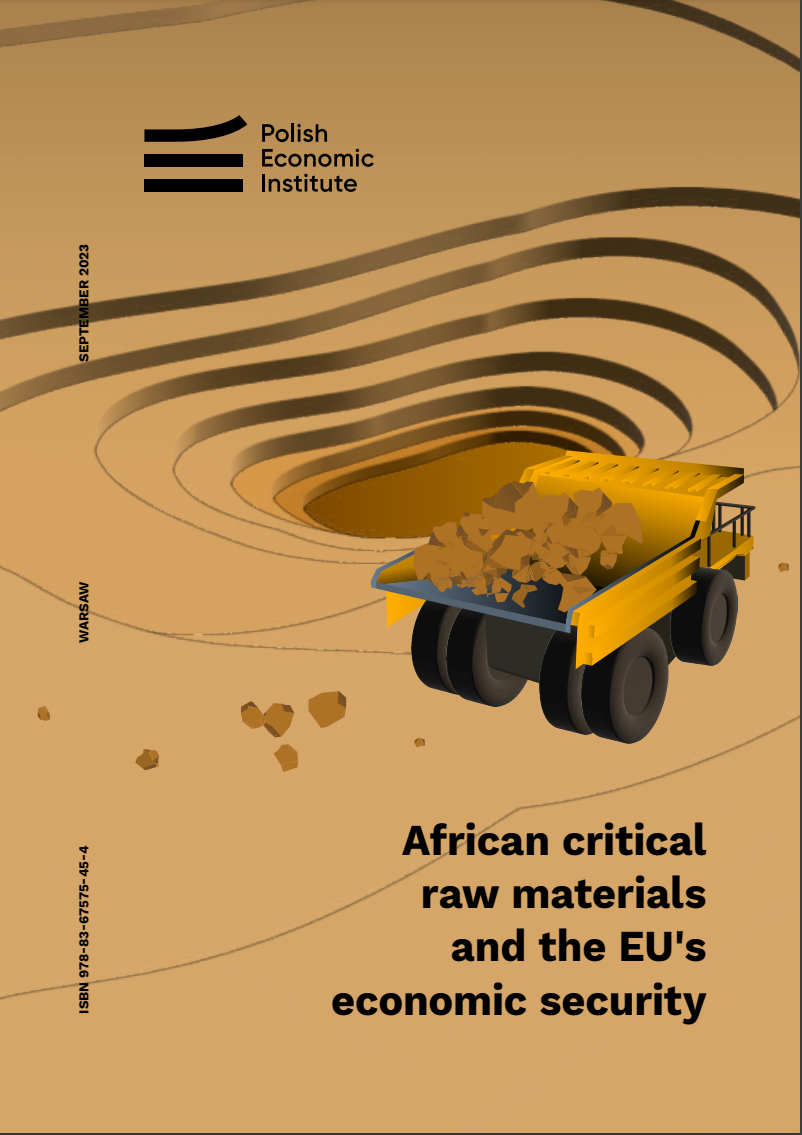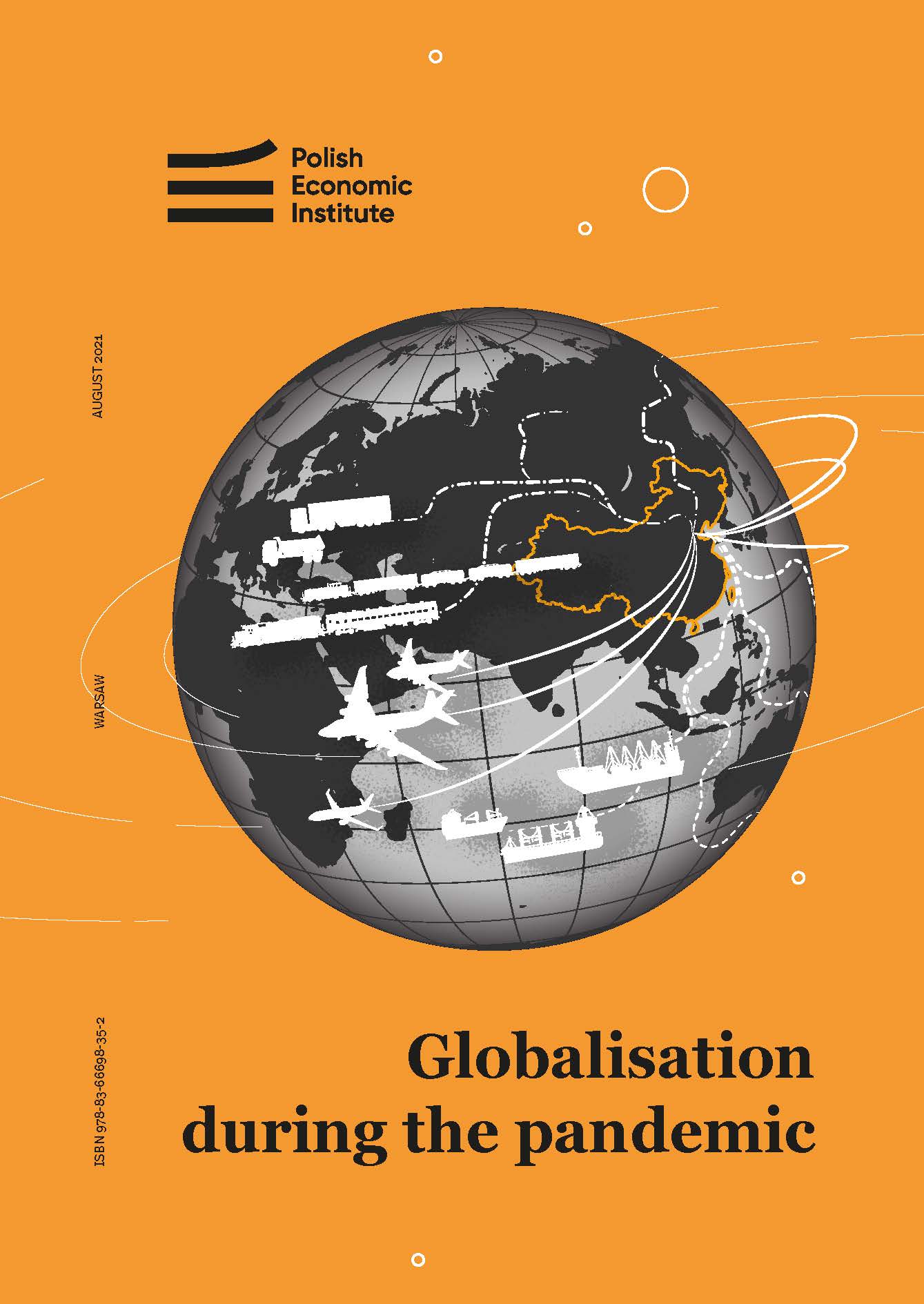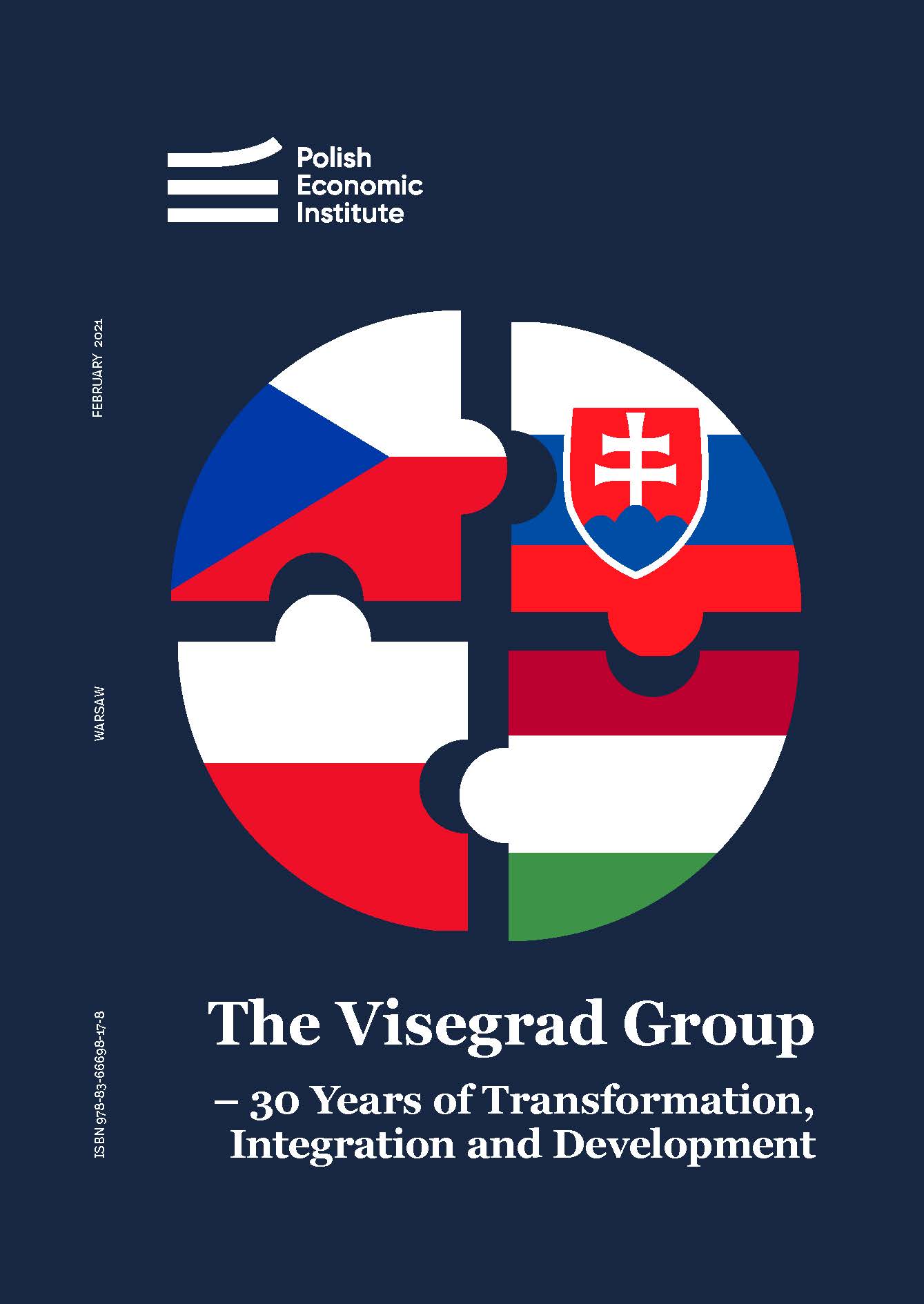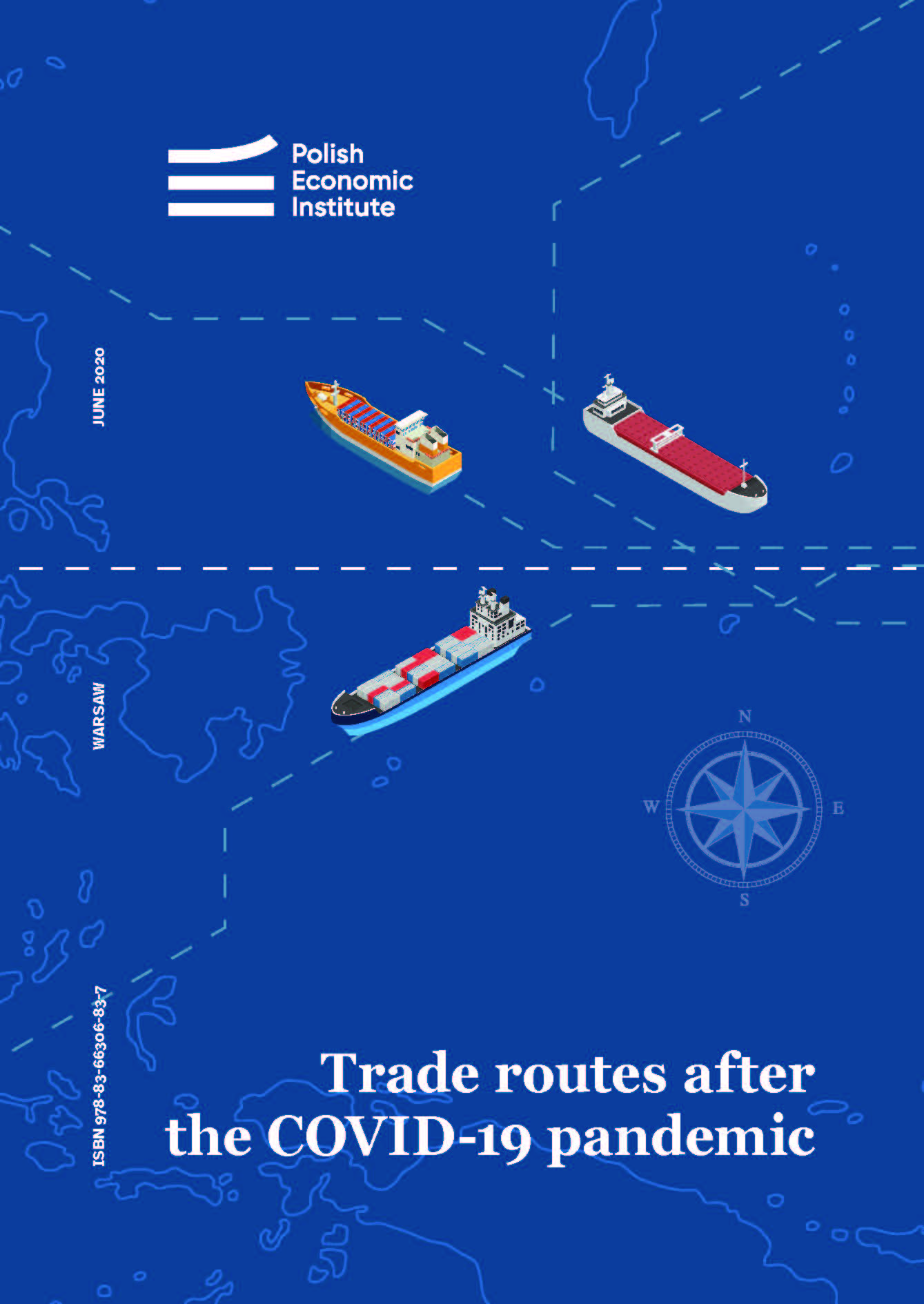Global trade shifts triggered by the pandemic, the Russian invasion of Ukraine and the trade rivalry with China have prompted the EU to take its own measures to support domestic industry. Annual spending on state aid to companies increased by 188 % between 2020 and 2021. Aid from Germany and France alone accounted for as much as 77 % of all notified state aid to companies in the EU between March 2022 and January 2023. However, new measures are limited at EU level, with more transfers between existing funds and plans to mobilise private funds. Efforts to maintain the EU's global competitiveness threaten cohesion and competitiveness within the EU. For example, Central and Eastern Europe did not receive any funding under the third round of allocating funds for low-carbon industry from the Innovation Fund. Support for green industry and the cohesion of the single market is analysed by the Polish Economic Institute in its report 'The Single Market in a Time of Storm: The struggle to maintain competitiveness and cohesion in an era of growing protectionism.'
On 14-15 December, EU leaders will decide whether to start accession negotiations with Ukraine. In this context, Kyiv faces a number of challenges, as set out by experts from the Polish Economic Institute and the Ukrainian Centre for Economic Strategy in a joint report entitled Stronger Together: Present and Future Challenges on Ukraine's Road to EU Integration. In the short term, the greatest challenge is to ensure stable sources of financing, especially for significant needs linked to conducting military operations. In the medium term, Ukraine will need to overcome infrastructure problems and attract investments. In the long term, the primary change will be successful reforms that will build strong institutions that will ensure the country’s socio-economic development and allow Ukraine to join the European Union.
The French project of the European Political Community (EPC), including EU member states and 17 other countries in Europe and Eurasia, excluding Russia, has significant political and economic potential. The participation of EPC economies in the global GDP would be 23.5 percent. Currently, this area is home to 689.5 million people, which constitutes 8.7 percent of the world's population. The GDP per capita of countries outside the EU that would be part of the EPC is 88.8 percent of the EU average. The Polish Economic Institute, in its report titled "European Political Community: Geopolitics, Civilization, and the French Vision for the Future of the European Union," analyzes the French idea of the geopolitical and civilizational opening of the EU to other countries.
By 2040, global demand for rare-earth elements is expected to increase seven-fold and demand for lithium 42-fold. China is the main producer in many categories of critical raw materials. Russia also remains a raw material powerhouse. 19% of the world's reserves of the metals needed to produce a standard lithium-ion battery are in Africa and the Democratic Republic of the Congo’s share in global cobalt production amounted to 71.2% in 2022. In its new report entitled “African critical raw materials and the EU's economic security”, the Polish Economic Institute analyses the demand for critical raw materials in the EU (and Poland) and its compatibility with the raw material reserves on the African continent.
Although the volume of world trade in goods dropped by 5.5 per cent in 2020 against 2019, the demand for electronics soared and deliveries of computers went up by 13.1 per cent.
The Visegrad Group was established on 15 February 1991. In 1991–2019, its GDP rose by 155 per cent. Between 1995 and 2019, the value of exports of goods went up more than 19 times, that of imports – 16 times, whereas fixed capital formation rose 3 times faster than in the EU-15.
In its report entitled ‘Trade routes after the COVID-19 pandemic’, the Polish Economic Institute presented four scenarios for a new pattern of global trade routes resulting from potential relocation of part of production from China to other countries, likely to push down China’s GDP by as much as 1.64 percent.


